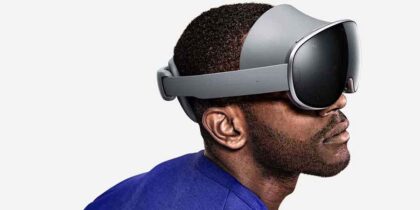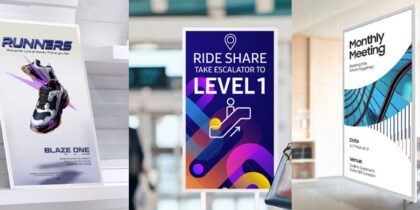Customer satisfaction remains king in the retail world, and having the right retail technology to create an exceptional customer experience is a critical component of increasing sales and building loyalty.
The Internet of Things, mobile devices and smart analytics offer retailers exciting new opportunities to develop an omnichannel strategy that leverages online, in-store and back-end elements to reconnect with consumers.
Knowing Your Customers
Leveraging omnichannel data, retailers can gain more accurate profiles of the customers who enter their stores, which then enables associates to connect with shoppers in completely new ways. For example, imagine a customer who orders an item on a retailers’ mobile app to pick up in store. As the customer arrives, the app triggers an alert to a sales associate’s wearable. It then provides the associate with personalized recommendations to match that customer’s specific tastes. By catering to consumers based on their personal preferences and prior purchasing behavior, improves the likelihood of an upsell while they’re in the store to pick up their original purchase.
Creating the Retail Experience of the Future
Download this free guide to learn how to close the gaps in omnichannel retail. Download Now
Real-time Data Means Real-time Interactions
One of the most powerful benefits of mobile and IoT-enabled retail technology is its real-time capabilities to improve the service experience for customers. Through proximity-driven beacons that detect a customer’s mobile device as they enter the store, retail staff can be immediately notified of the customer’s arrival, and greet them upon entering. Digital displays can also receive data about customers’ specific interests and select relevant merchandise to showcase on screen, such as a product they previously looked at online, but haven’t yet purchased. Then, when a customer touches the display to have the item brought to them, the nearest sales associate is alerted on their wearable, smartphone or tablet, and can bring them the product immediately. And if the product is out of stock, they can review data on the customer’s purchasing behavior and recommend similar items that are in stock.
IoT technology can also be used to create smart merchandising displays. Using proximity-sensing light bulbs and a beacon, these displays can detect a visiting customer in real-time and light up the products they’ll be most interested in based on data from their past shopping experiences. The possibilities of connected retail are virtually limitless.
Bringing it All Together
At Samsung, we’ve been working closely with a number of leading retail brands to explore the potential of the IoT. This week at the National Retail Federation’s (NRF) BIG Show in New York City, our team is showcasing how retailers can bring all the elements together, from the moment the customer arrives to the point of sale. We’re committed to bringing to life the IoT for retailers, both with our portfolio of mobile devices and displays, as well as through the Samsung ARTIK smart IoT platform.
A thoughtful IoT strategy, combined with retail technology that leverages real-time data, wearables and customer’s mobile devices, offers retailers a new way to enhance the omnichannel shopping experience. And those that seize the moment early on will stand out in a crowded marketplace.
Looking for more cutting-edge solutions to enhance the customer experience? Check out our full line of retail technology solutions.









